21+ Edible Elephant Ear Plant
The most common elephant ear plant has strong tuberous roots. Given how lush and lovely they look you may be wondering are elephant ears edible.
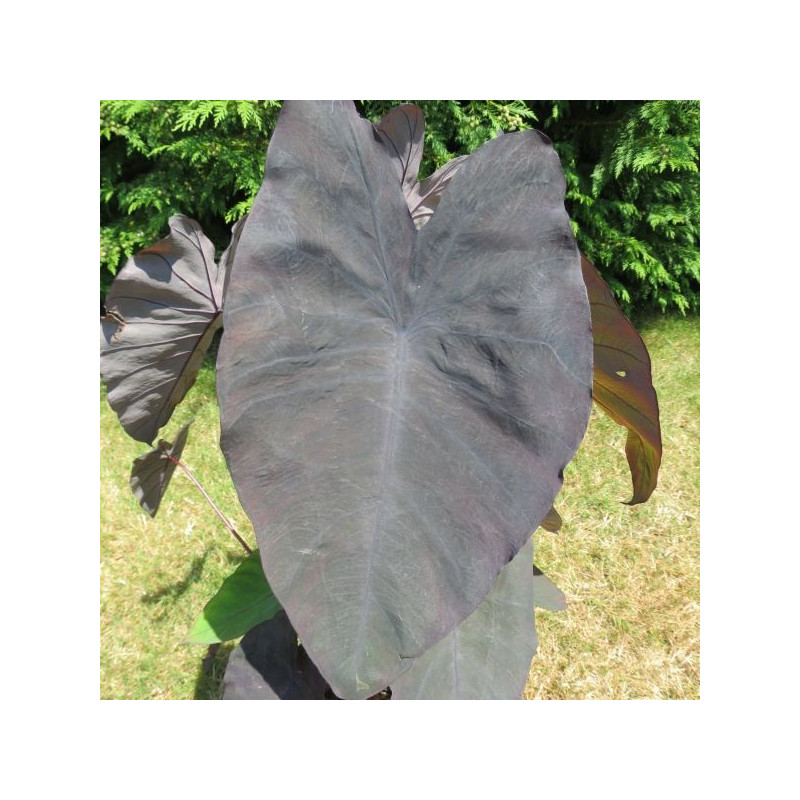
Colocasia Esculenta Black Magic Elephant Ears
Read on to discover the popular types of elephant ear plants as well as the growing conditions they need to thrive.
. They come in a wide range of colors and shapes but they all have one thing in common. Web Quick Care Guide All About the Elephant Ear Plant When a plant has been in cultivation for more than 28000 years like the Colocasia it can be harder to pin down where it started. The short answer is it depends on the species.
Web Are Elephant Ears EdibleKnow there Toxicity Before Eating Types of elephant ear plants. Acidic Neutral Bloom Time. Web Elephants ear American Taro Botanical Name.
Colocasia Caladium Alocasia and Xanthosoma. Web Elephant ear plants or Colocasia are tropical plants grown from tubers or from rooted plants. However with such lush tasty-looking foliage and starchy corms you may wonder if elephant ears are edible.
Alocasia ica African Mask. Colocasia The first of the elephant ear plant types is Colocasia. Web Elephant Ears.
Web The most common elephant ear plant disease is fungal leaf blight. The root is pounded into an edible paste called poi and the leaves are used to wrap steamed meats and vegetables. The leaves are large to very large 20150 cm 79591 in long with a sagittate shape.
Moist but Well-drained Soil pH. They vary in size from 8 inches to over 9 feet but most are in the 3 to 5 foot range. The evidence speaks to a beginning in Southeast Asia though this is still widely debated.
Grow in a 5-gallon container with rich moist soil. It produces tiny round lesions on the ornamental leaves that may ooze fluid and turn purple or yellow when dry. Older plants in good conditions will produce a spathe and.
Partial Shade Soil Type. If youre ever in doubt about which end is up plant a bulb on its side. The end with the concentric circles is the top of the bulb.
Up to 8 ft. Some elephant ears are edible while others are not. Web The plant commonly called Elephant Ear has been cultivated for thousands of years.
Elephant ear is grown as a food crop in much of the tropical world and the traditional Polynesian dish poi is made from the tubers. Web These plants are tuberous and are known to be used in some traditional Asian cuisine. November 28 2021 by Timmy.
Web If the new leaves emerge with a slightly yellowish tint apply Epsom salt magnesium sulfate to the elephant ear plant. But theres a depth to the sweetness here thats quite delicious think a light fruitiness almost a. Keep reading to learn more about how to take care of an elephant ear plant.
8-13 USDA depends on. Plants that look like elephant ears but are not. Web Plant an elephants ear bulb when the temperature ranges from 60F to 85F.
There are several common and ornamental varieties of elephant ear. They do reproduce through seed but it takes years before you will get the big beautiful leaves. Over time the entire leaf collapses on itself and the disease travels down the corm.
The elephants-ear plant gets its name from the leaves which are shaped like a large ear or shield. Web Elephant ear is a name given to several plants in the Colocasia family that are grown for their large dramatic foliage. When the fungus is in full bloom there is also fuzzy growth.
All parts of the plant are poisonous while raw but once cooked the tubers are edible. Itll send the green up and the roots down. Web There are four major elephant ear plant types namely Colocasia Caladium Alocasia and Xanthosoma.
The mammoth leaves can be more than three feet long on plants that can grow higher than six feet tall. Elephant ears offer some of the boldest foliage you could ever want in a garden. Web The elephant ear plant Colocasia provides a bold tropical effect in nearly any landscape setting.
Read on to learn about these fascinating plants. Most prefer full sun and well-drained soil as well as plenty of water and fertilizer. Web Elephant ears can be grown as houseplants but also as large outdoor plants in warmer weather.
These plants are most often grown in cooler climates as an annual where they do not become a problem. Some species are edible while others are not. Colocasia is native to swampy areas of Asia and spans 200 species.
Elephant ears have very large heart-shaped leaves borne on 2 to 3 foot 61-91 cm petiole or leaf stalks. Esculenta with a matte finish used to be about the only type of elephant ear available to Midwestern gardeners but over the past couple of decades breeding programs have produced a lot of new ornamental varieties. Greenish White Hardiness Zones.
Elephant ears are actually a group of plants scientifically known as Alocasia Colocasia and Xanthosoma. They are herbaceous perennial plants with a large corm on or just below the ground surface. Colocasia is a tender perennial that cannot survive winter months in many places.
Web GARDENING GUIDE Are Elephant Ears Edible. This plant has elephant-ear-shaped. Web The standard emerald green C.
Colors of the foliage may be anywhere from purplish black green or greenwhite variegated. Web You can grow the upright elephant ears Alocasia indoors as houseplants in bright indirect light. Web The 4 SpeciesTypes of Elephant Ear Plant.
Elephant ear plants are one of the most popular houseplants in the world. Web View All. If the elephant ear plant is grown in a container apply the Epsom salt and water along the edges of the planter.
Heres What You Should Know Elephant ears are easy-care plants with large showy leaves. Perennial Herbaceous Mature Size. Web Image by Linjerry Do Alocasia elephant ears have seeds.
Huge heart-shaped leaves come in black purple emerald green chartreuse yellow or a mix of colors. In fact these plants are commonly grown for their large tropical-looking foliage which is reminiscent of elephant ears. Web Elephant Ears are sweet peppers so sweetness is obviously the predominant flavor especially as they mature into their red form.
They all have bold foliage and can add a tropical look to any garden. Soon youll know how to plant elephant ears and grow them indoors or outdoors. However they are hardy in zones 8-11 and grow as an evergreen in zone 11.
Mix 18 cup Epsom salt per one gallon of water and pour around the elephant ear plant. Leaves may grow up to 3 feet 1 m in length and 2 feet 05 m across. Web There are four types of plants called elephant ears.

Amazon Com 10 Bac Ha Bulbs Roots Corns Colocasia Gigantea Doc Mung Edible Elephant Ears For Canh Chua Everything Else
Elephant Ear Bulbs Shop 9 Varieties Eden Brothers

Alocasia Macrorrhiza Giant Taro Giant Alocasia Green Cover Initiative

Colocasia Taro Elephant Ear Tropical Edible Plant Outside Inside Receive 1 Plant Ebay
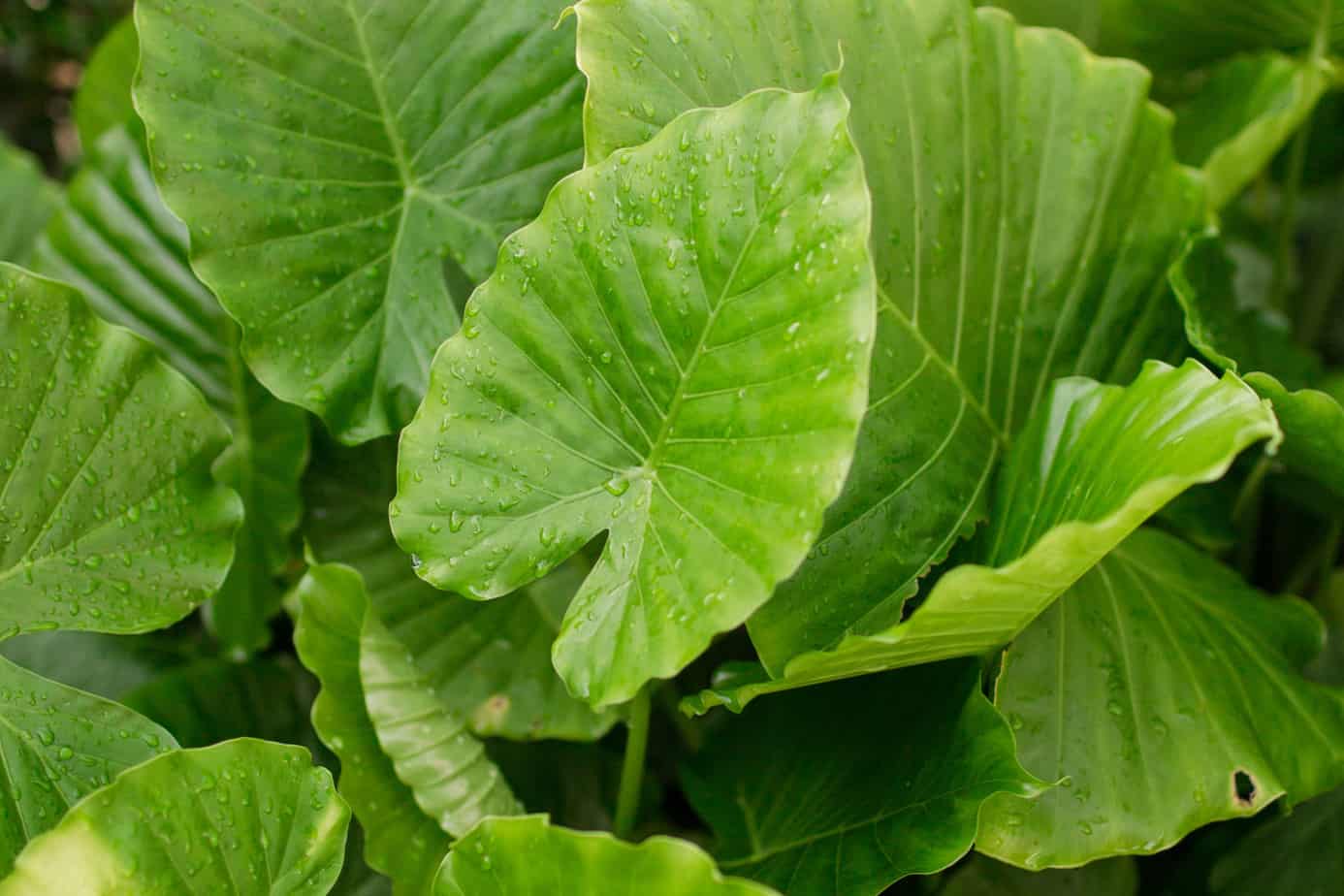
Colocasia Elephant Ear Plant Care Varieties Plantly

Cool Colocasias Types Of Elephant Ears For The Garden

The Giant Taro Plant Elephant Ears Plant Colocasia Esculenta Plant Youtube

How Mom Tells Between An Edible Elephant Ear Plant Vs A Poisonous One Taro Garden Shorts Youtube

How Mom Tells Between An Edible Elephant Ear Plant Vs A Poisonous One Taro Garden Shorts Youtube
Do People Actually Eat Elephant Ear Plant Leaves Quora
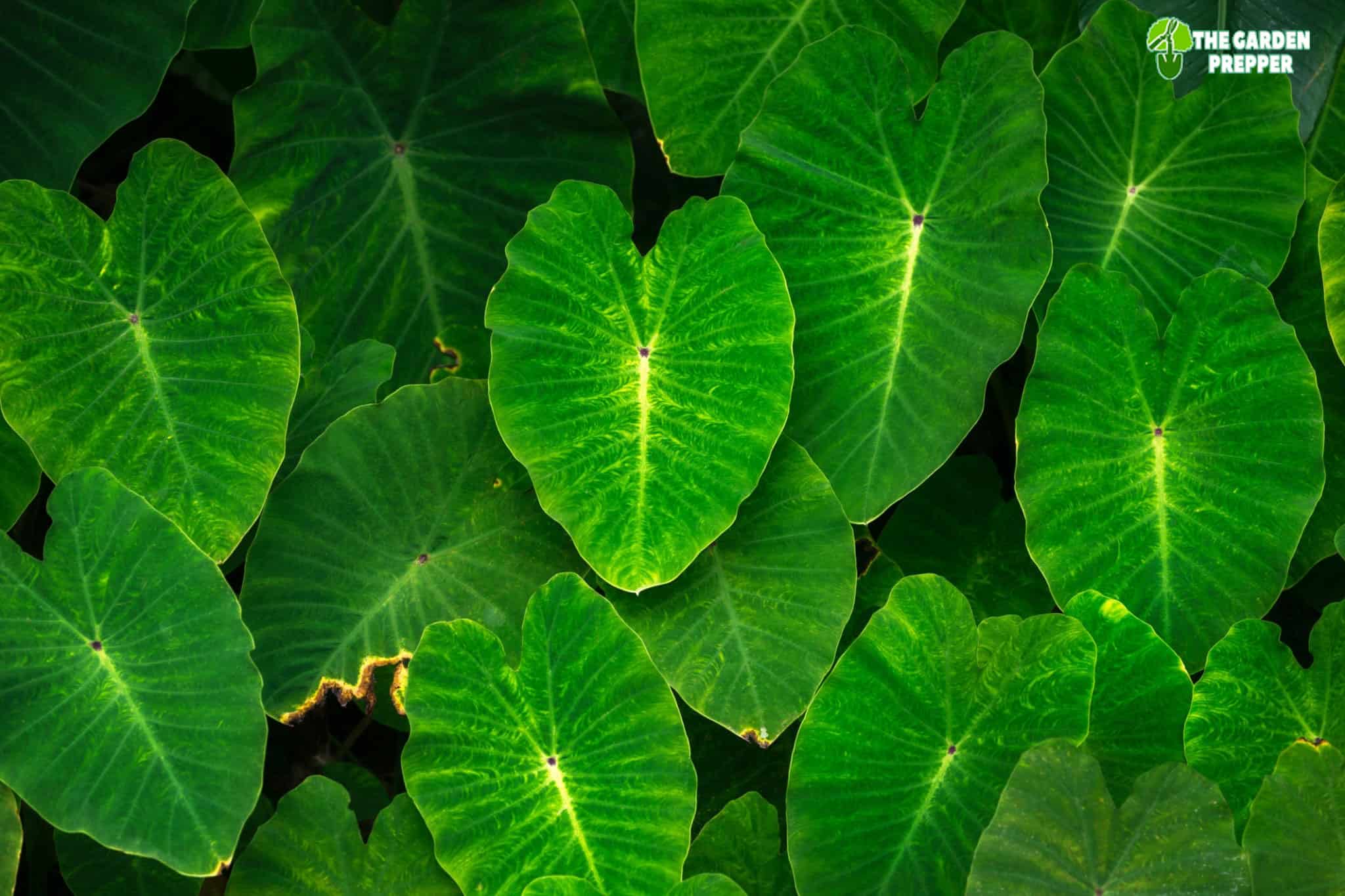
Is Elephant Ear Plant Edible The Answers Here
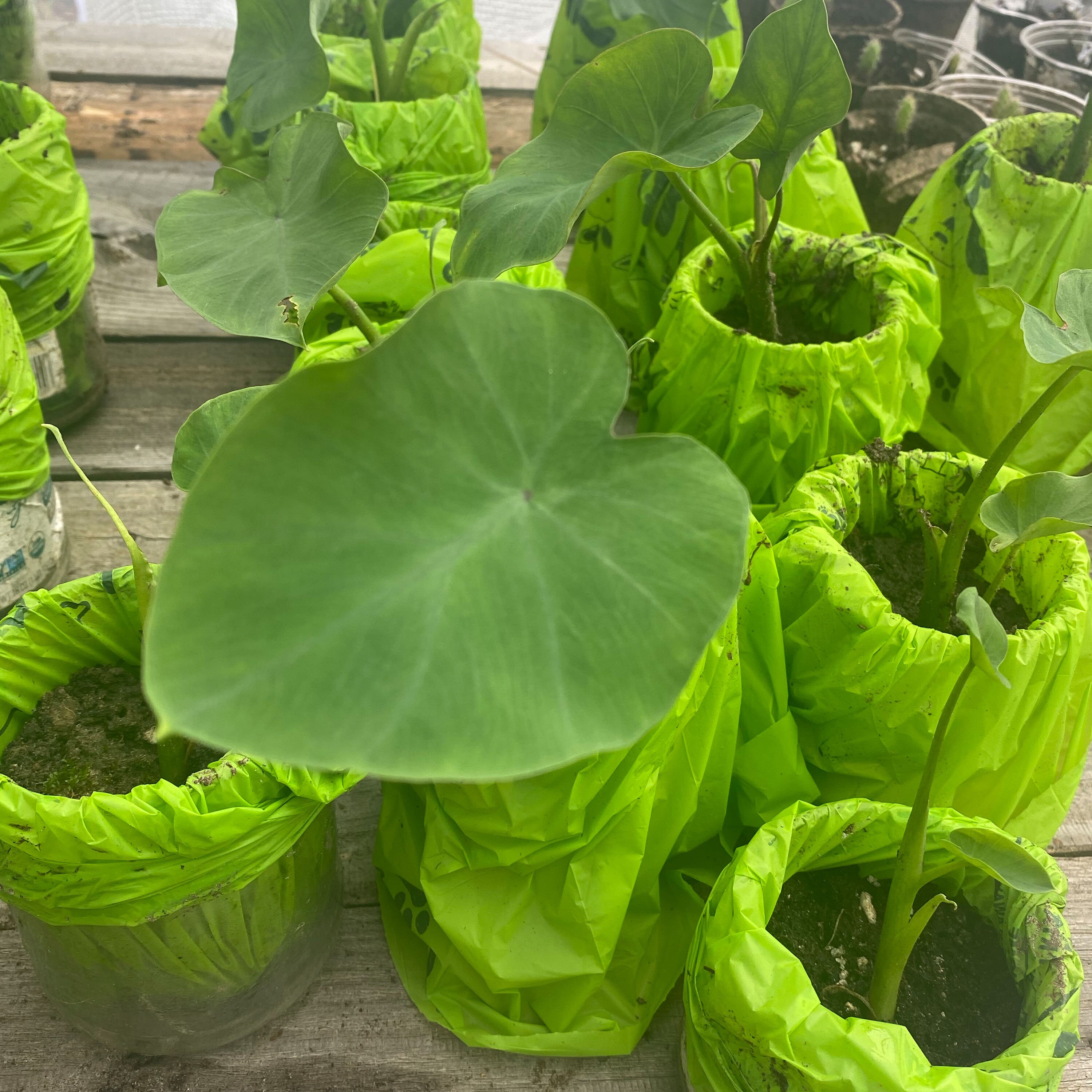
Taro Live Plant Edible Elephant Ear Colocasia Esculenta Etsy

Colocasia Taro Elephant Ears Earth Jungle
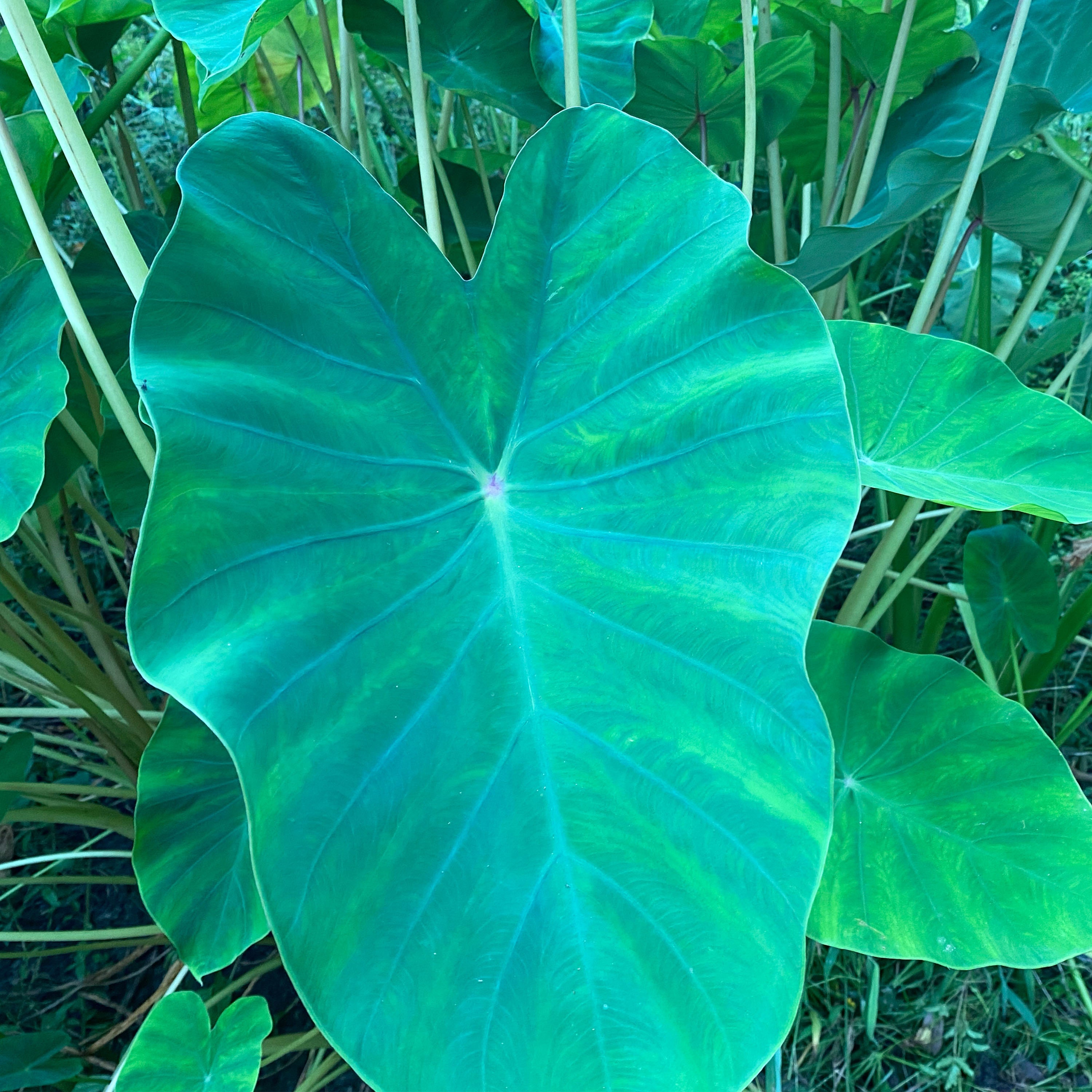
Taro Live Plant Edible Elephant Ear Colocasia Esculenta Etsy

Colocasia Taro Elephant Ear Tropical Edible Plant Outside Inside Receive 1 Plant Ebay
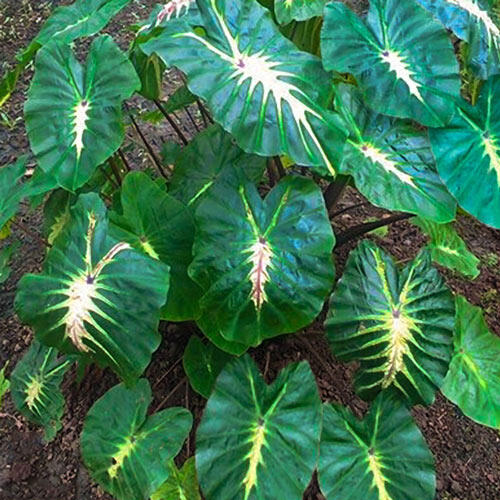
Exotic Elephant Ears Collection Brecks Premium Bulbs

Heart Of The Jungle Elephant S Ear Colocasia Esculenta Proven Winners